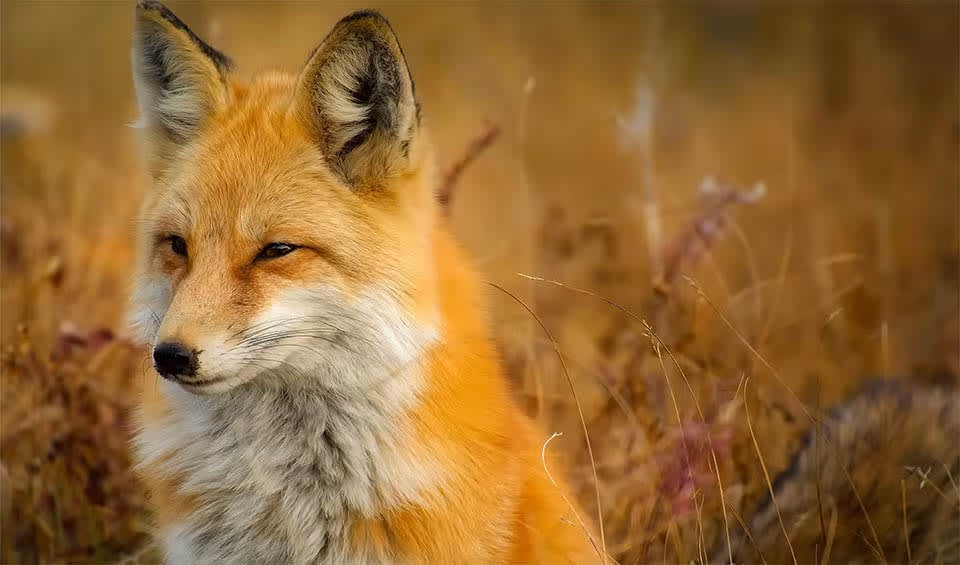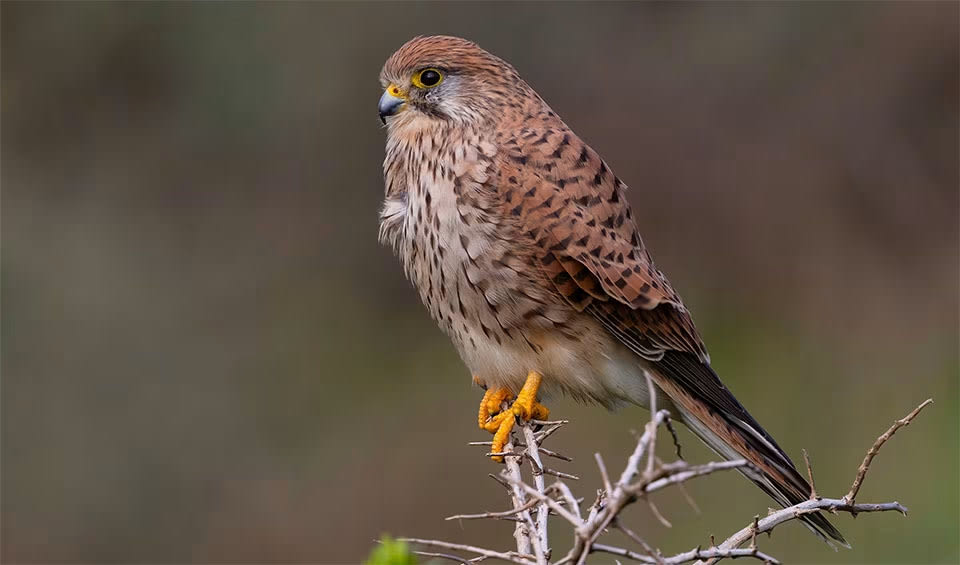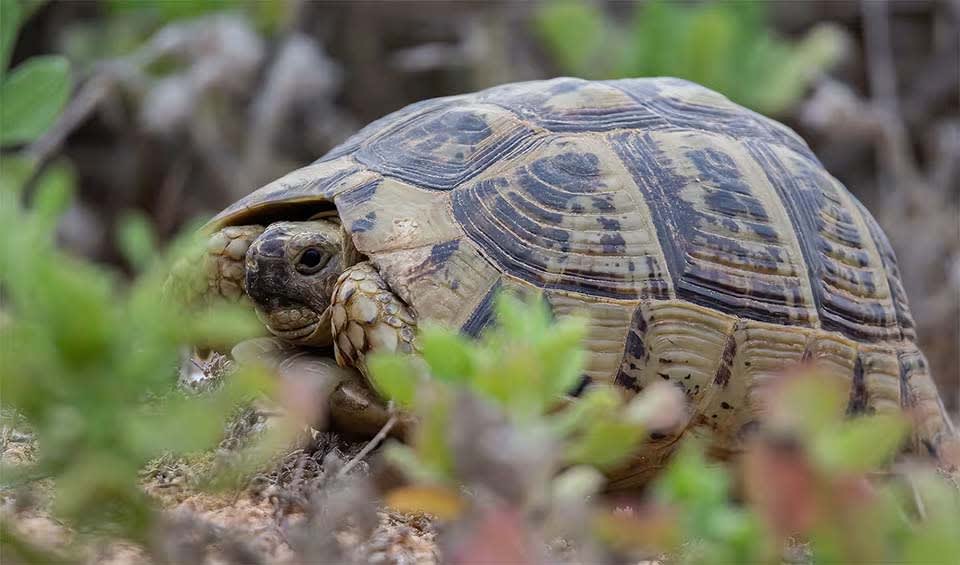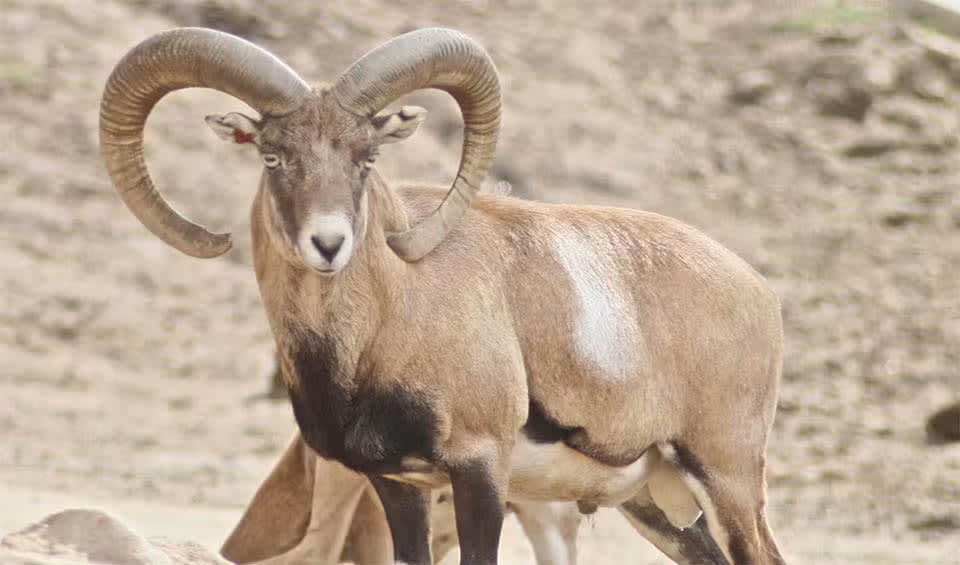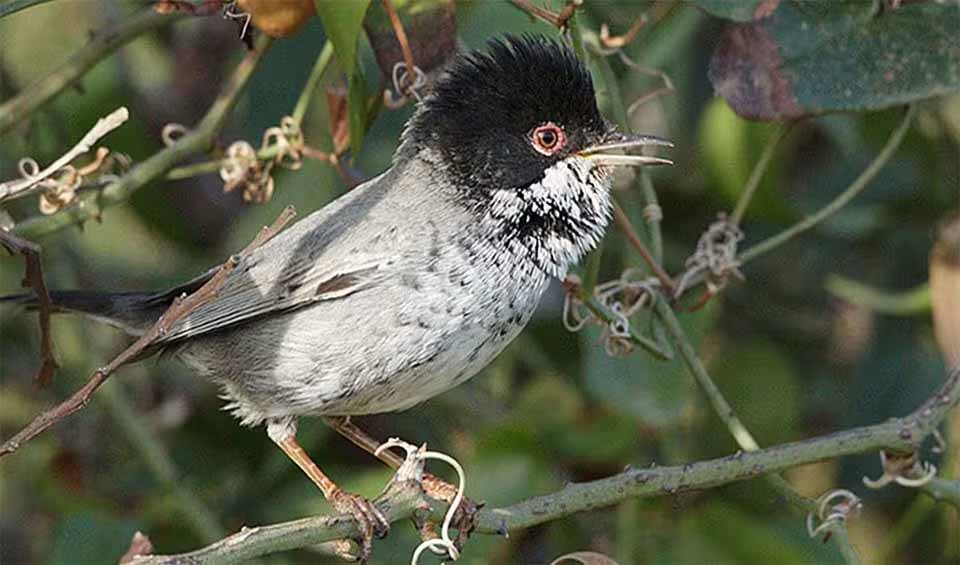Cyprus is an island country in the Eastern Mediterranean, situated south of Turkey, west of Syria and Lebanon, northwest of Israel and Palestine, north of Egypt, and southeast of Greece. Covering an area of approximately 9,251 km² (3,572 mi²), Cyprus is the third largest and third most populous island in the Mediterranean.
Cyprus is known for its rich biodiversity, encompassing a variety of ecosystems from coastal and marine environments to forests and mountain regions. The island is home to numerous endemic species of plants and animals, including the Cyprus mouflon, a type of wild sheep, and several rare orchid species. The coastal waters around Cyprus are rich in marine life, including sea turtles and a variety of fish species.
Four pillars elaborated:
Cyprus maintains a comprehensive network of protected areas, both on land and in marine environments, including approximately 62 Natura 2000 sites that cover a substantial part of the island’s total land and sea areas. These sites are dedicated to preserving vital habitats and species. Among the marine protected areas, locations like Kavo Gkreko and the Zenobia Shipwreck are highly safeguarded, playing a crucial role in protecting the island’s varied marine ecosystems and providing sanctuaries for endangered species. On land, Cyprus has established several protected areas such as national forests, which are significant in size and essential for conserving the island’s diverse terrestrial habitats and biodiversity. Land Management
Land Management
The main threats to biodiversity in Cyprus include a rapidly growing construction sector, particularly for coastal tourism developments, and an expansive network of highways and rural roads. Rural abandonment is also a concern, leading to the loss of native species reliant on traditional agriculture, as well as local crop varieties. Threats to Biodiversity
Threats to Biodiversity
Other significant threats are the overuse of limited underground and surface water resources, climate change—evidenced by a 16% decrease in average annual rainfall over the last century and a rise in average temperatures by 1° Celsius, widespread forest and wild fires, the introduction of invasive species, unsustainable agricultural practices particularly in irrigated farming, local overgrazing, overfishing, and pollution from industrial, domestic, and agricultural sources.
The Cyprus government has taken significant steps towards conserving biodiversity in the country. These include implementing a National Biodiversity Action Plan (NBSAP) with 13 strategic objectives, raising awareness through education programs and campaigns, managing protected areas, promoting sustainable use and governance of natural resources, addressing invasive species and climate change impacts, and encouraging participation and resource mobilization. These efforts demonstrate the government’s commitment to preserving the country’s natural heritage and ensuring the sustainability of its rich biodiversity for future generations. Capacity and Governance
Capacity and Governance
The Cyprus National Biodiversity Strategy and Action Plan for 2020-2030 was adopted by the Council of Ministers in June 2020. This plan sets forth Cyprus’s approach to biodiversity conservation for the coming decade, focusing on reducing biodiversity loss, enhancing the utilization of natural capital, and strengthening the participatory process in biodiversity governance. Future Trends
Future Trends
Additionally, as a member of the European Union, Cyprus aligns with the EU’s Biodiversity Strategy for 2030, which aims to put Europe’s biodiversity on the path to recovery by 2030, benefiting people, the planet, and the economy. Cyprus also works with international organizations such as the Convention on Biological Diversity (CBD) and the Food and Agriculture Organization (FAO) to implement its biodiversity strategies and action plans.
Biodiversity
The Troodos Mountains, located in the central part of the island, are one of Cyprus’s most significant ecological regions. These mountains are home to dense forests of pine, cedar, and oak, providing habitats for numerous species. Notable wildlife in the Troodos Mountains includes the Cyprus mouflon, a wild sheep endemic to the island, and the Cyprus warbler, a bird species found only in Cyprus. The rich plant life in these mountains includes several endemic species such as the Cyprus cedar and various types of orchids.Cyprus’s coastal areas are equally important for biodiversity. The beaches and coastal cliffs provide nesting sites for endangered species like the loggerhead and green sea turtles. The Akamas Peninsula, a protected area on the northwest coast, is a critical habitat for these turtles and supports a diverse range of plant and animal life. The coastal wetlands, such as those at Larnaca and Akrotiri, are vital stopover points for migratory birds. These wetlands attract species such as flamingos, herons, and various waders, making Cyprus an important location for birdwatching.
In the table below are the number of known species in several main groups, how many of these species are Threatened with extinction, and how many of them are Endemic (unique to Cyprus only):
| Species (World rank) |
Threatened | % Threatened | Endemic | % Endemic | |
|---|---|---|---|---|---|
| Mammals | 41 (#166) | 6 | 14.6% | 1 | 2.4% |
| Birds | 273 (#142) | 8 | 2.9% | 2 | 0.7% |
| Reptiles | 34 (#138) | 5 | 14.7% | 2 | 5.9% |
| Amphibians | 4 (#169) | 2 | 50.0% | ||
| Fishes | 283 (#155) | 38 | 13.4% | ||
| Plants | 1,738 (#156) | 22 | 1.3% | 143 | 8.2% |
mammals
Red fox
Ladies and gentlemen, please welcome the world’s most widely distributed carnivore!
Cape hare
Has large eyes that could cover a field of 360o to survey their surroundings before they take a nap
Greater horseshoe bat
These elegant acrobats perform a perfectly timed and skilled somersault as they approach their chosen resting site
birds
Eurasian Griffon
Most social vultures with 12 distinct types of vocalization
Eurasian kestrel
Adaptable raptor known for its hovering hunting technique and striking appearance
Pin-tailed sandgrouse
This bird looks like a modern mosaic art-piece
reptiles
Large whip snake
Helpful for the ecosystem and agriculture as it reduces the number of pests and other dangerous snakes
Greek tortoise
The mosaic-shelled marvel of the Mediterranean
Starred agama
With mesmerizing blend of bold blues, fiery reds, and sunshine yellows, it effortlessly catches the eye of all who cross its path
National Animals
Mouflon
Considered as one of the ancestors of all modern domestic sheep
Cyprus warbler
Its unique song is a cheerful, bubbly melody that’s a delight to hear
